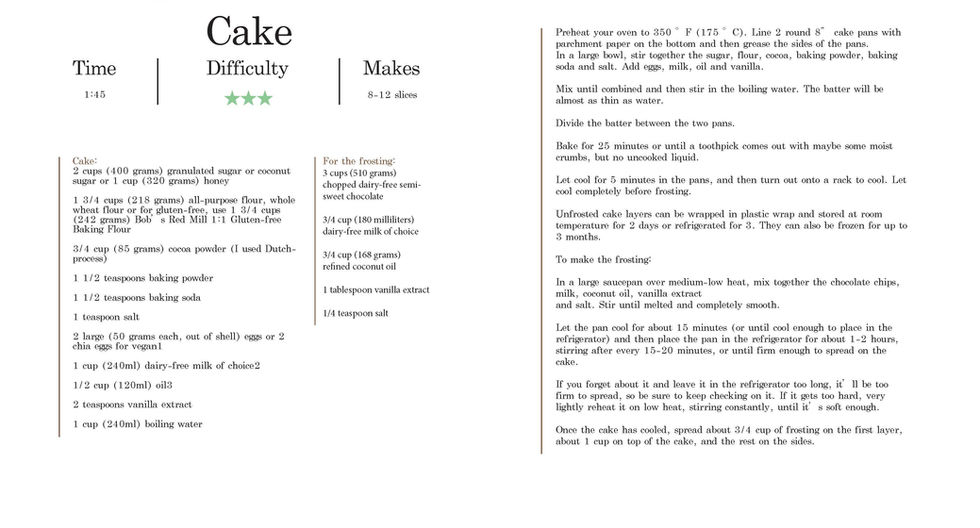
A battle for evolution
Due to environmental and resource constraints, many believe that continued economic growth is no longer a viable option.
A group collaborated project, using problem-solving design thinking to come to a solution and contribute to a better future.
Brief
Due to environmental and resource constraints, many believe that continued economic growth is no longer a viable option. Using a Post growth toolkit as a starting point and framework. We were asked to interrogate our given object as a group within the context of the Climate Emergency and finite resources. We had to address the challenges and issues raised to develop concepts that imagine a society, or elements of a society, beyond the current economic growth paradigm towards a more desirable future. There are some key components that we were asked to include such as:
Visualisation of Issues
Post Growth Imaginary
Exhibition Poster

The hidden costs of fossil fuels
What are fossil fuels? Fossil fuels are made from decomposing plants and animals. These fuels are found in the Earth’s crust and contain carbon and hydrogen, which can be burned for energy. Coal, oil, and natural gas are examples of fossil fuels. Fossil fuels—including coal, oil, and natural gas—have been powering economies for over 150 years, and currently supply about 80 percent of the world’s energy. Image source: Climate awareness pamphlet in San Francisco, 2018.


Post growth imaginaries
What is post-growth?
Addressing global environmental challenges from evolving. This is so that we as a society address the issue before the issues worsens. This is a system that holds society together.
This tactical card game invites us to reprogram ourselves out of the economic growth orthodoxy. Through a compilation of stories, concepts and tactics, it proposes to stimulate new modes of understanding and new paths of imagination in the context of current environmental crises.
What next?
In groups, we have been assigned the task of creating a post-growth and finding a way to better the current situation. Using a post-growth toolkit and framework we are expected to interrogate our given object within the context of the Climate Emergency and finite resources. Producing research presenting the challenges and issues raised to develop concepts that imagine a society, or elements of a society beyond the current economic growth paradigm towards a more desirable future.

Given object: Cow's milk
To shrink Your carbon footprint, ease Up on the dairy milk does a body good, but it also does a number on the planet. How is eating dairy bad for the environment? Dairy cows and their manure produce greenhouse gas emissions which contribute to climate change. Dairy is responsible for 2.9 percent of total human-induced greenhouse gas emissions. dairy production in intensive farming systems pollutes air and water and contributes heavily to soil degradation and deforestation.
Initial ideas
As a group we created a mind map, brainstorming our initial thoughts and ideas. We created main focuses such as:
-
Renewable energy
-
Limiting dairy production
-
Dairy-free products
-
Bringing the local communities together to make a difference

our next step
As a group, we investigated what we could create to keep it local, and community-based. This led to us discussing a dairy-free cooking program for the locals and introducing dairy-free recipes and dairy-alternative dishes.
This then progressed into a bigger picture. We began to explore many different options to experiment with.
Routes to develop:
-
Dairy-free cooking program
-
Community benefits
-
Elements of design for a cookbook in support of the dairy-free cooking program

Presentation and feedback
Within this project, we presented our pitch deck and this allowed us to receive some constructive feedback.
We decided to push our idea of a Dairy free cooking program with a dairy-free cookbook to encourage the community to use dairy alternative recipes at home.
Group members: Niamh Reynolds and Zach Sewell.
Dairy-free cook book
The design for the cookbook is simplistic and easy to follow, suitable for the community to learn new dairy-free recipes to enjoy from the comfort of their homes.
For our outcome of our developed imaginaries, we produced finalised work and designs to present at the exhibition. We absorbed all feedback and decided on final designs and even our own sample of the potato-based brownies for the rest of our group to sample at the exhibition. We printed our cookbook cover design, page design and our illustration of our desired community cooking program.
The exhibition
Reflection
In reflection on the post-growth unit, I have learned a lot about the crisis we are currently all facing. It was a fantastic opportunity to think and imagine what we could create as groups and individuals to make a positive impact globally. Even though our solutions may be smaller scale I believe this raised awareness on the topic of fossil fuels and the increasing number of CO2 emissions being spread into the world atmosphere causing many developing issues. If I had to do this project again I would consider taking more of a bold route and taking the imaginary to a bigger scale.















